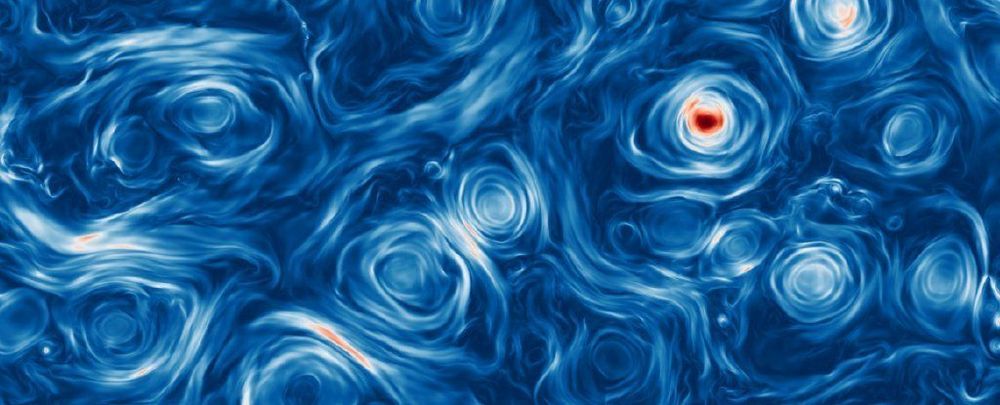There’s some irony in the fact that the darkest objects in the sky — black holes — can be responsible for some of the Universe’s brightest light. Simulations of the magnetic fields surrounding black holes and neutron stars have now provided new insights into their astonishing brilliance.
Astrophysicists from Columbia University in New York have developed a model that shows how electrons taking a cosmic roller coaster-ride through magnetic turbulence can generate surprisingly energetic waves of radiation.
Applied to the swirling chaos surrounding dense objects such as black holes, it helps to explain why we see them glow with a ferocity that so far defies explanation.
